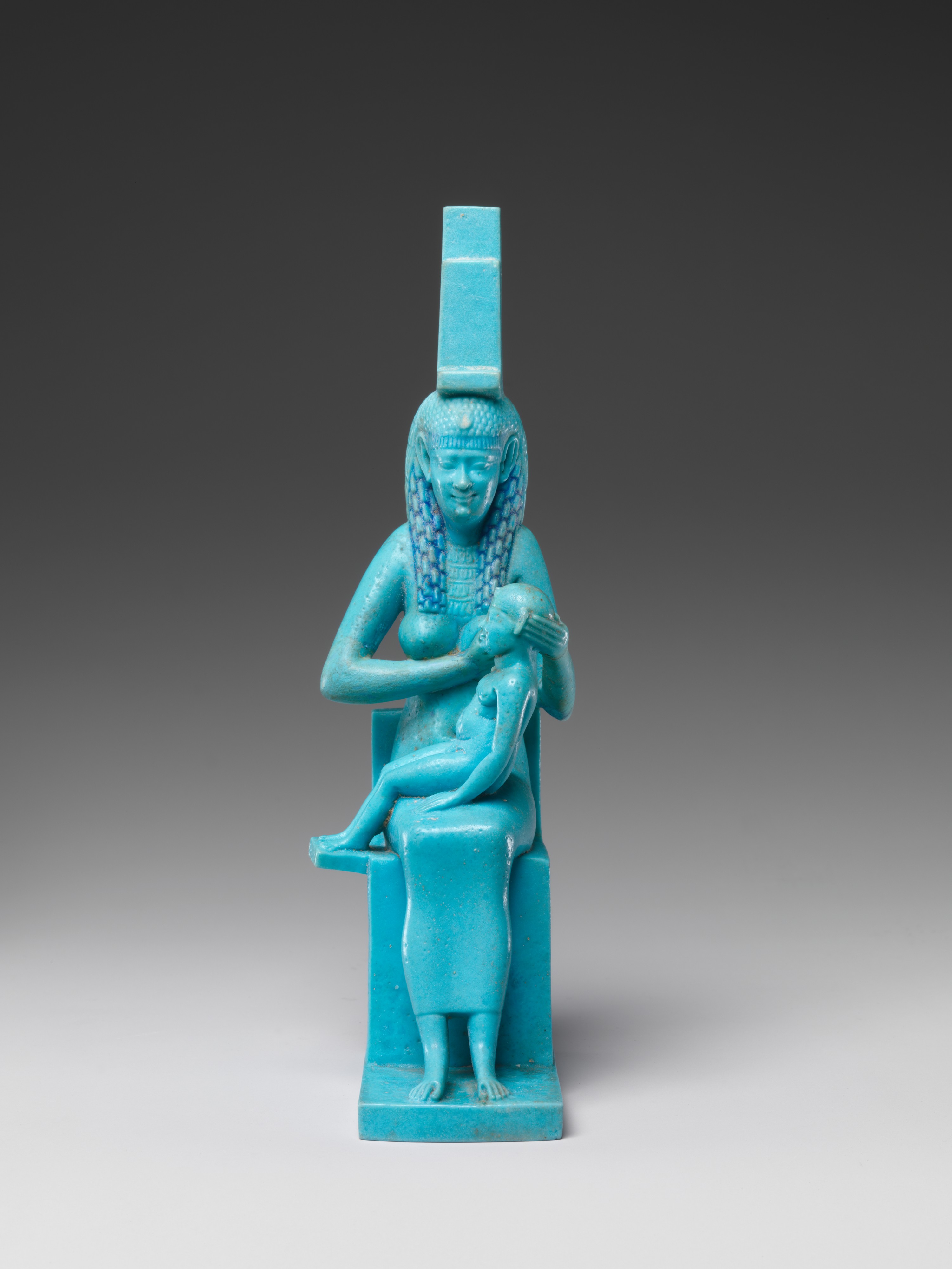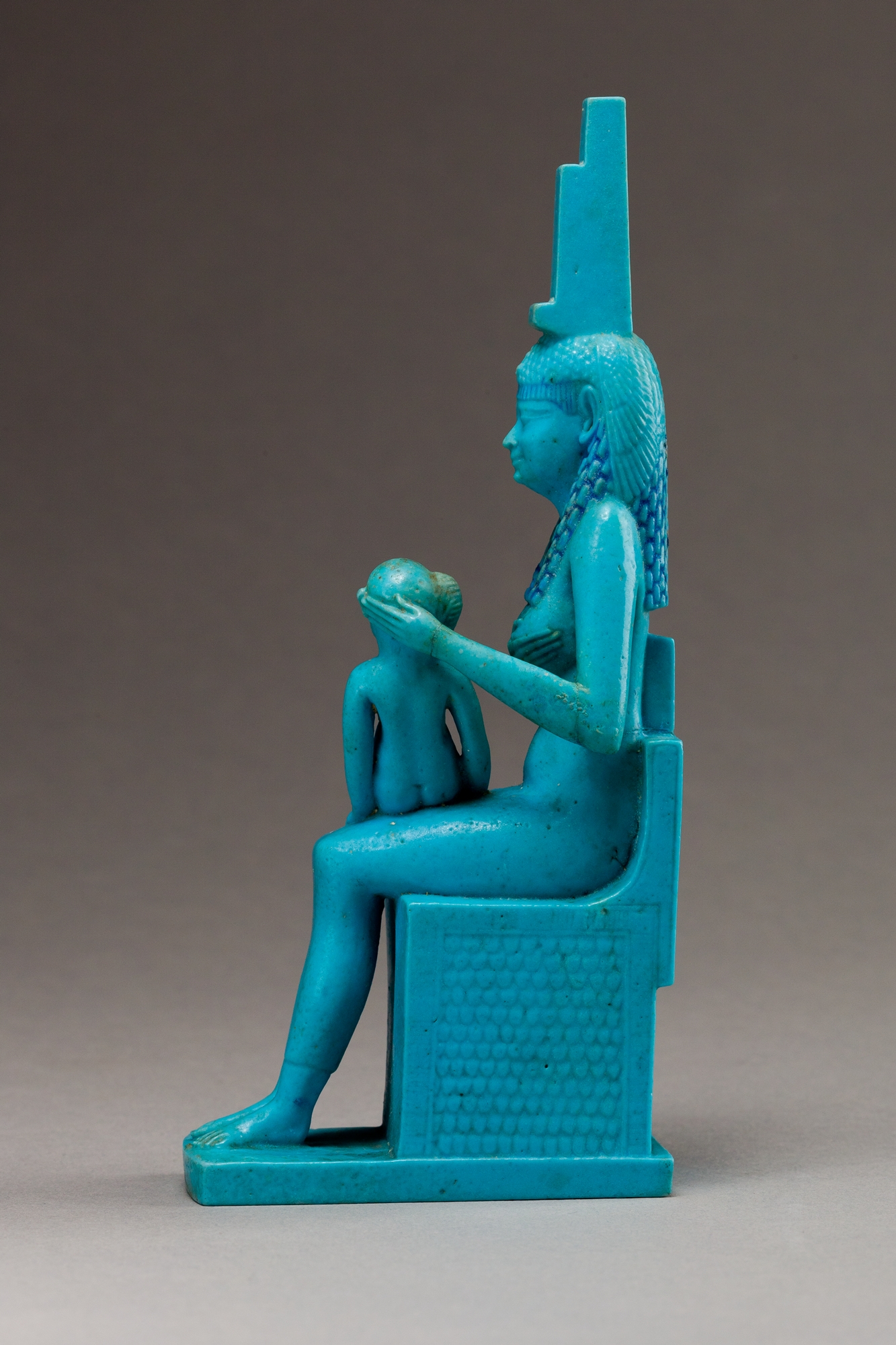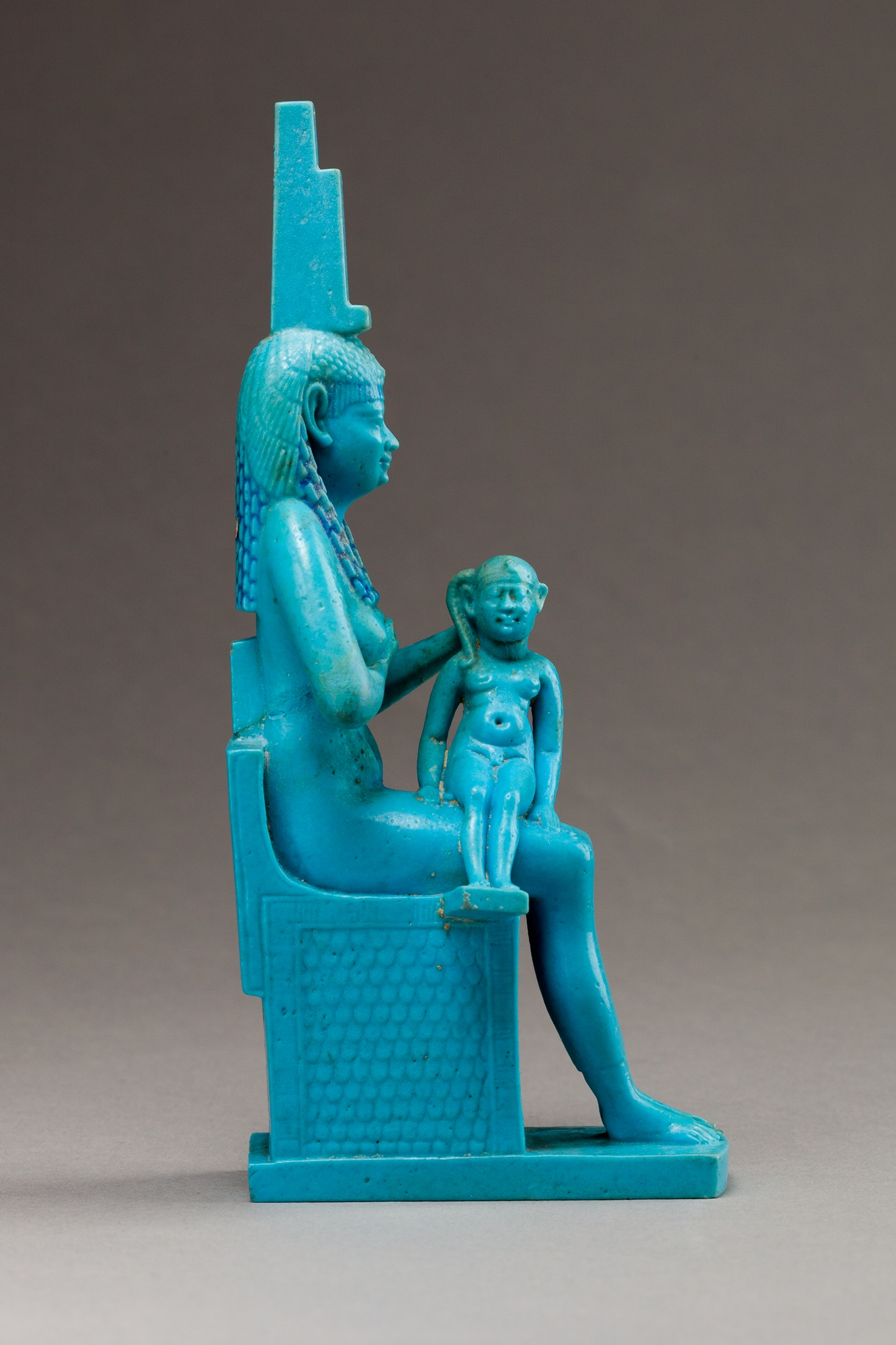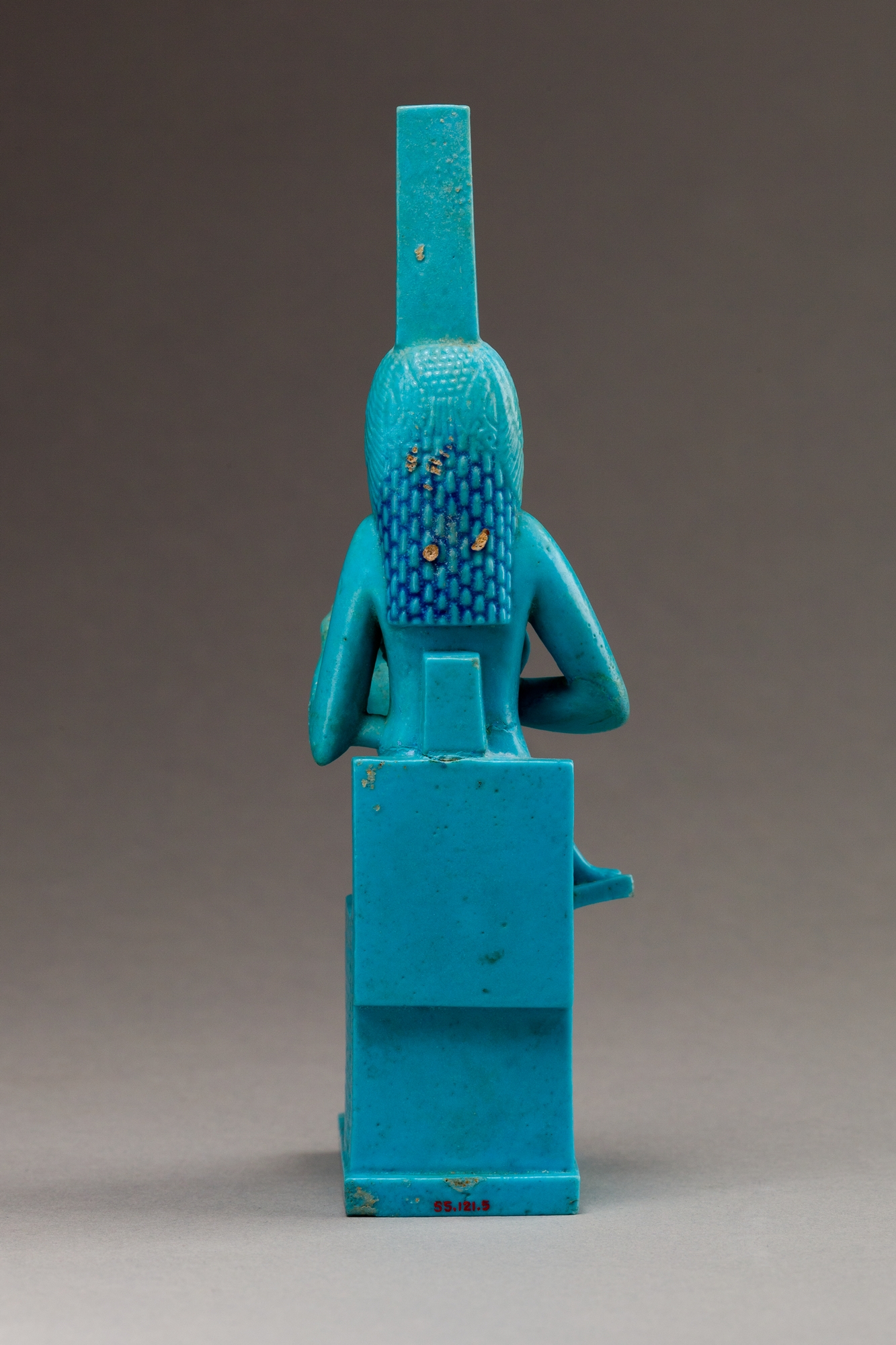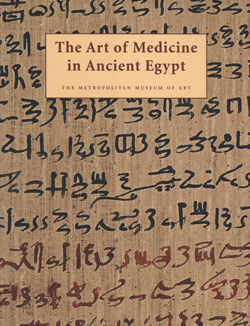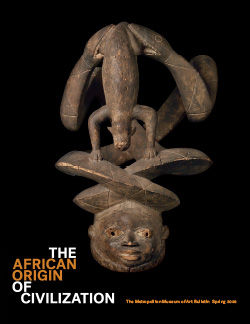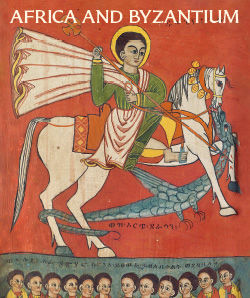The Goddess Isis and her Son Horus
Ptolemaic Period
For the ancient Egyptians the image of the goddess Isis suckling her son Horus was a powerful symbol of rebirth that was carried into the Ptolemaic period and later transferred to Rome, where the cult of the goddess was established. This piece of faience sculpture joins the tradition of pharaonic Egypt with the artistic style of the Ptolemaic period. On the goddess's head is the throne hieroglyph that represents her name. She also wears a vulture head-covering reserved for queens and goddesses. Following ancient conventions for indicating childhood, Horus is naked and wears a single lock of hair on the right side of his head.
Due to rights restrictions, this image cannot be enlarged, viewed at full screen, or downloaded.
This artwork is meant to be viewed from right to left. Scroll left to view more.


